Unquestionably, it’s the luscious tablescapes, killer statement floral installations and beautiful bridal bouquets which are the key styling components of any fabulous wedding and the backbone of show-stopping ceremony and reception settings. However, integral to creating such amazing floral creations is understanding the colour basics of great floral design.
If you’re interested in doing your own DIY wedding flowers, first be guided by the experts. We’ve turned to New York’s leading flower design studios Putnam & Putnam, and their new book Flower Colour Theory, to help you nail the colour basics of DIY wedding flowers. See below for creative colour design ideas.
Let’s start with colour schemes:
- Accent Colour is used for emphasis.
- Analogous is a group of three to four colours next to each other on the colour wheel.
- Complementary is two colours directly opposite each other on the colour wheel
- Monochromatic is a single base hue.
- Rainbow is the use of all colours on the colour wheel.
- Transitional is the gradual movement from one colour to the next.
- Triadic is a group of three colours evenly spaced out on the colour wheel.
For us, color is is the key element in an arrangement. We always ask ourselves what color palette we want to work in before designing. Using basic color theory is a practical approach when starting out. By following any of these color schemes, you’ll find that there are specific color combinations you can incorporate into your own designs.”
– Putnam & Putnam
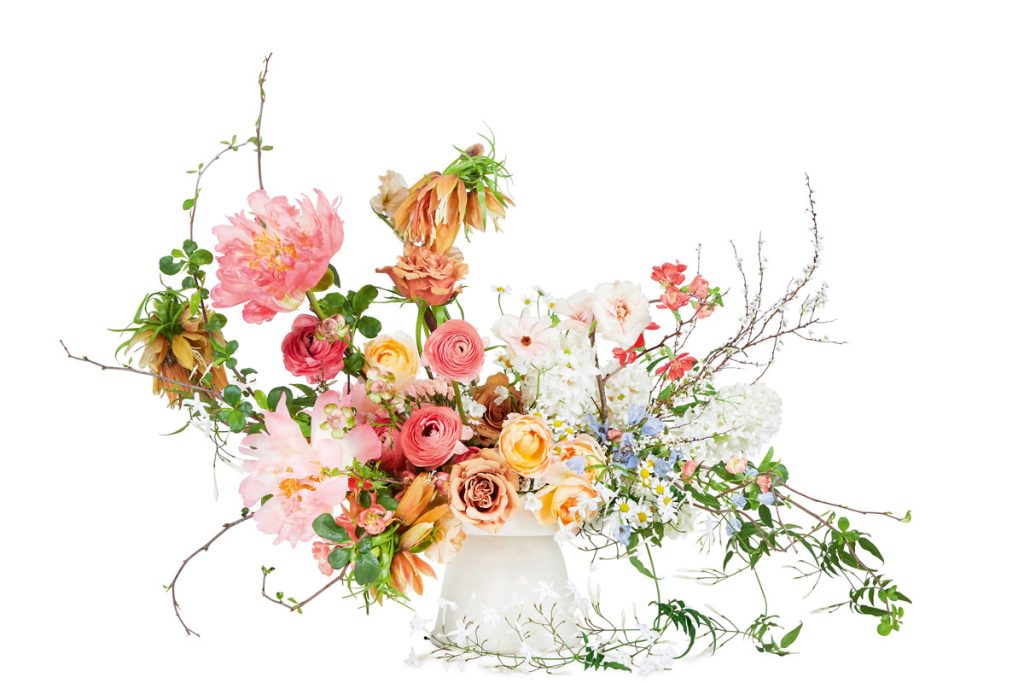
Florals: Peony, Crown imperial fritillary, Rose, Ranunculus, Jasmine, Chamomile, Larkspur, Japanese quince.
[reference: Putnam & Putnam p.240-241]
Soft jasmine vine paired with fully opened peonies adds whimsy and movement.
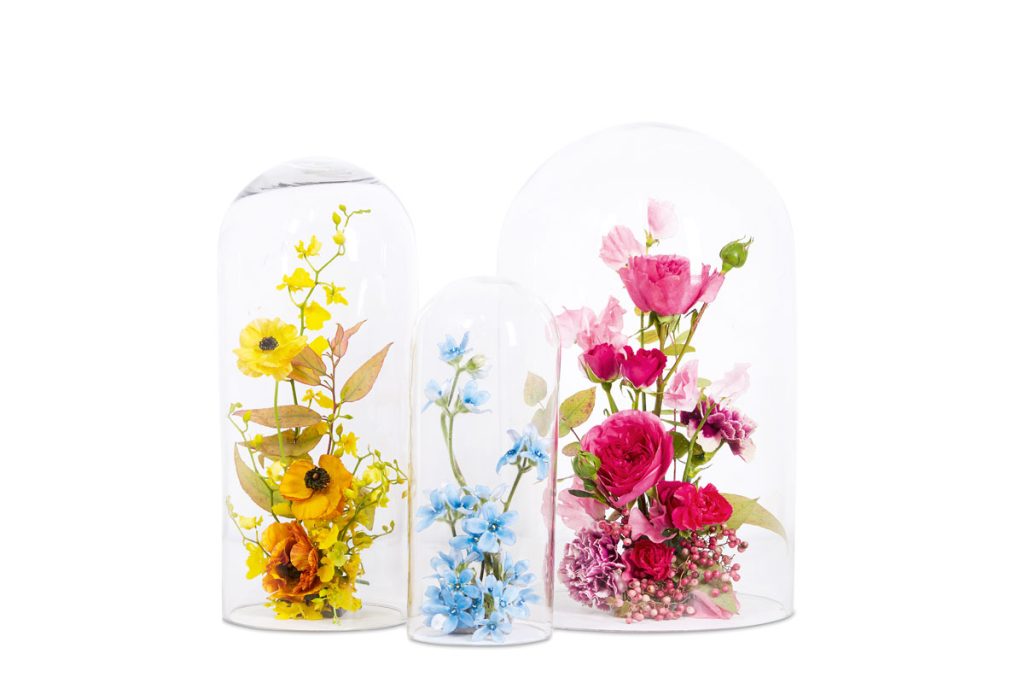
Florals: Rose, Ranunculus, Tweedier, Oncidium orchid, Sweet pea, Carnation
[reference: Putnam & Putnam p.280-281]
Placing florals in glass cloches adds texture and an extra layer to a composition. It creates a contained wildness.
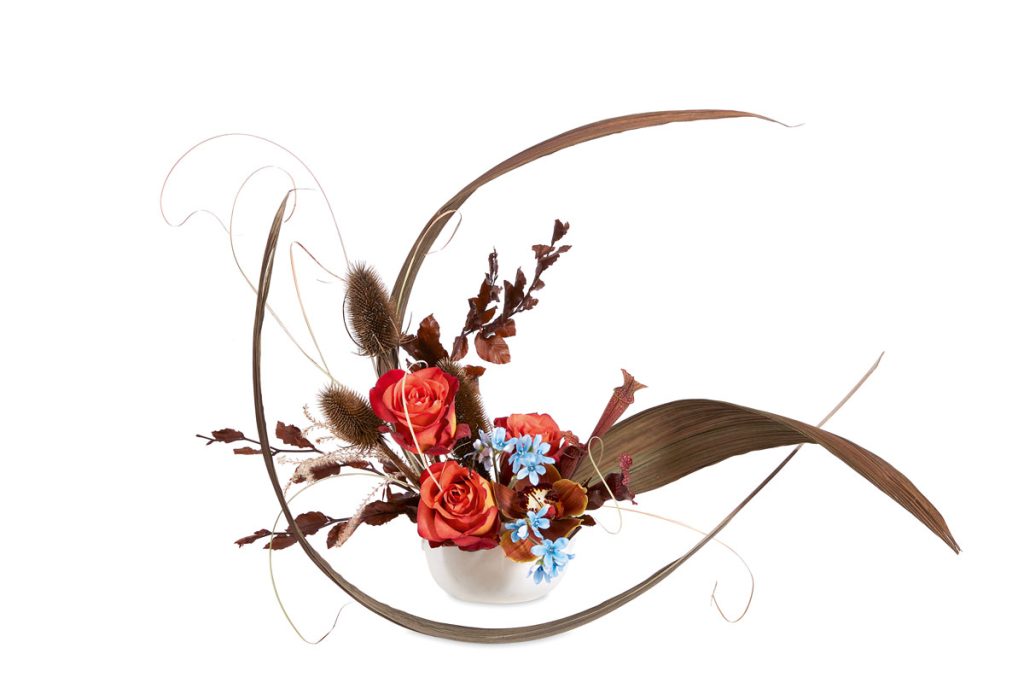
Florals: Rose, Fried palm husk, Tweedier, Thistle, Dried grass, Cymbidium orchid
[reference: Putnam & Putnam p.284-285]
As seen here with the use of palm husk and dried grass, highly graphic elements can easily generate an arrangement. Bold lines make a strong statement.
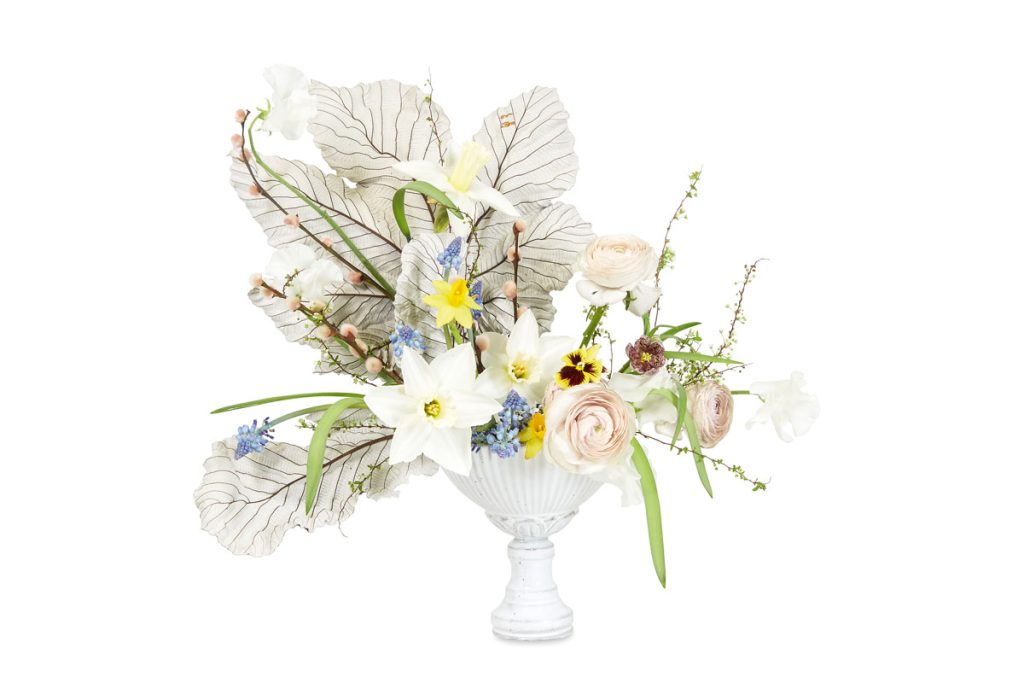
Florals: Cecropia leaf, Daffodil, Muscari, Ranunculus, Pansy, Pussy willow, Thunberg spirea
[reference: Putnam & Putnam p.040-041]
Using a wide, light-coloured element, such as these leaves, as the background allows the flowers to show off their shape and colour.
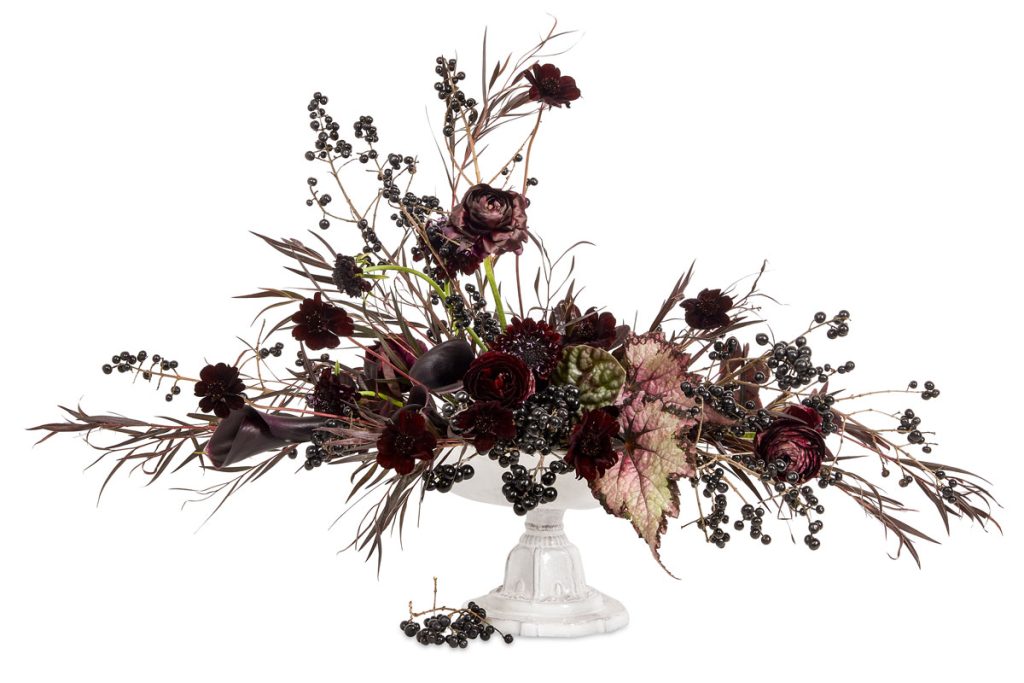
Florals: Calla lily, Begonia, Ranunculus, Agonis, Chocolate cosmos, Privet berry
[reference: Putnam & Putnam p.366-367]
In addition to flowers, use berries, grasses and decorative leaves to tie an arrangement together.
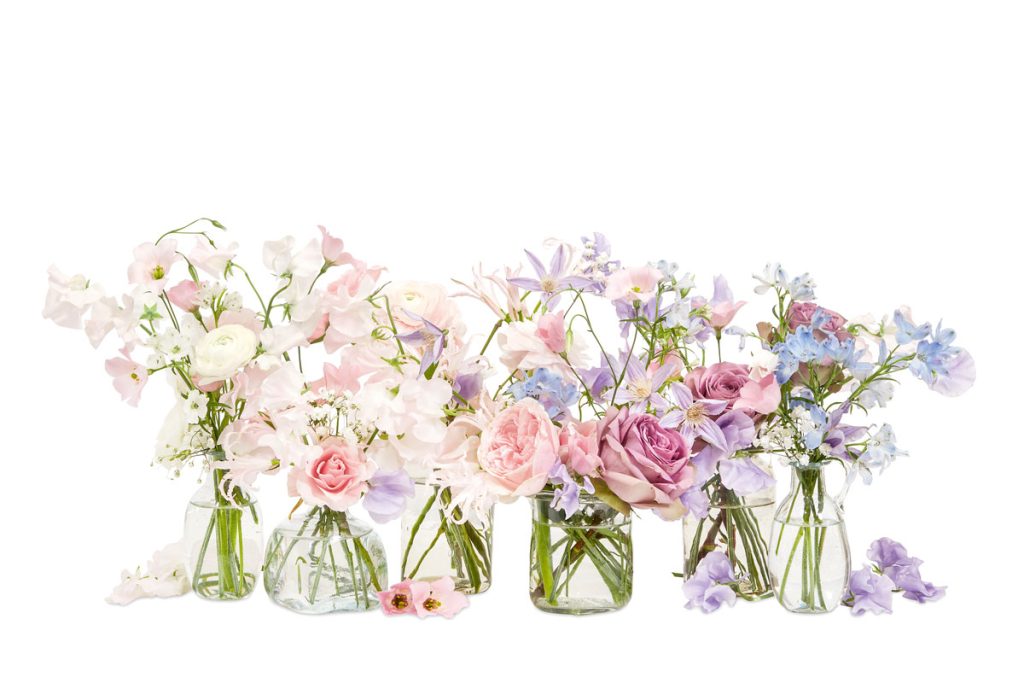
Florals: Rose, Sweet pea, Larkspur, Ranunculus, Lisianthus, Clematis, Nerine
[reference: Putnam & Putnam p.074-075]
The use of glass vases offers transparency, making stems important players in the arrangement, Use the deeper-hued stems to create a stark contrast to the pastel petals.
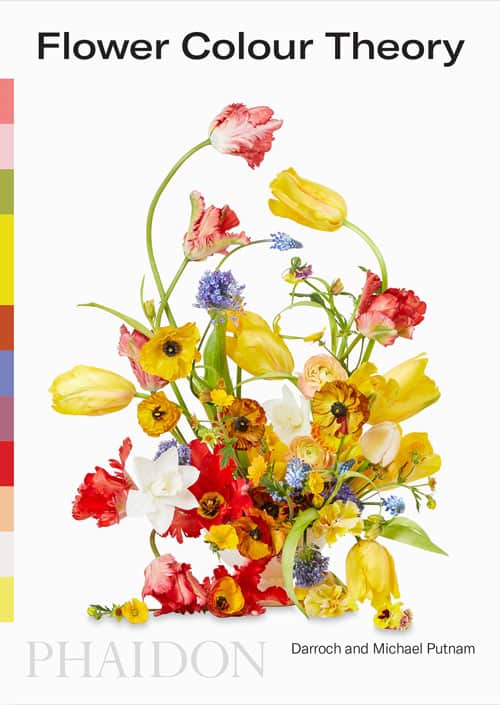
phaidon.com
Related posts:
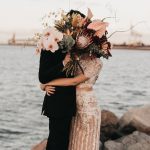 Bouquets we’re loving from real weddings
Bouquets we’re loving from real weddings
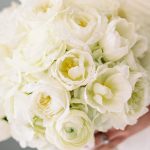 Your go-to guide to bridal bouquet shapes and styles
Your go-to guide to bridal bouquet shapes and styles
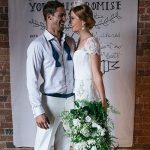 Make a statement with these wedding bouquets
Make a statement with these wedding bouquets
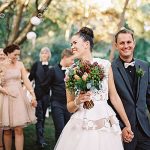 The Australian Native You Should Consider For Your Wedding Flowers
The Australian Native You Should Consider For Your Wedding Flowers
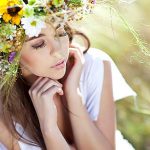 Happy Herbs – Bring an unexpected touch of tradition and a little herbal magic into your wedding flowers
Happy Herbs – Bring an unexpected touch of tradition and a little herbal magic into your wedding flowers
 5 minutes with Queen of flowers, San Diego-based, Karen Tran
5 minutes with Queen of flowers, San Diego-based, Karen Tran
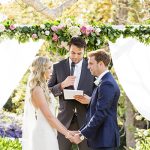 We Can’t Get Enough Of Floral Backdrops
We Can’t Get Enough Of Floral Backdrops
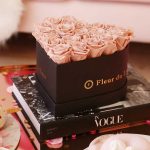 Roses that last a year! (Plus Q&A with the girl-boss who makes them)
Roses that last a year! (Plus Q&A with the girl-boss who makes them)

